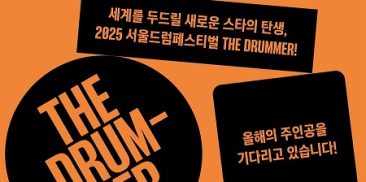今日视频
-
Persistence of Korean Landscape Painting: House of Yi Sang-bom
-
今日视频 Registration dateWriterSMG 观看次数3,777
Seochon was a center of refined tastes and literature for low-level government officials and people in the late Joseon dynasty. The house of Yi Sang-bom, one of the six major Oriental painters, is located at the end of the twisting alley in Seochon. From 1942, when the great painter bought a hanok next to his studio, three generations of his family lived there until 1972, when the painter passed away. Cheongjeon Yi Sang-bom used a room at the end of the haengrangchae (one of the buildings placed near the front gate where servants live) and used the two rooms next to his room as guest rooms: one room facing the front gate for male guests and the other facing the vestibule for female guests. This effectively separated the living space from the space for social activities. When he drew an illustration of Son Gi-jeong for the Donga Ilbo, he was jailed for erasing the Japanese national flag off the sportswear that Son Gi-jeong had been wearing. After this incident, which was unknown to the public, the painter devoted himself to painting in a quiet and cozy mountain village, later to be remembered by many people as a source of peace and relaxation.






